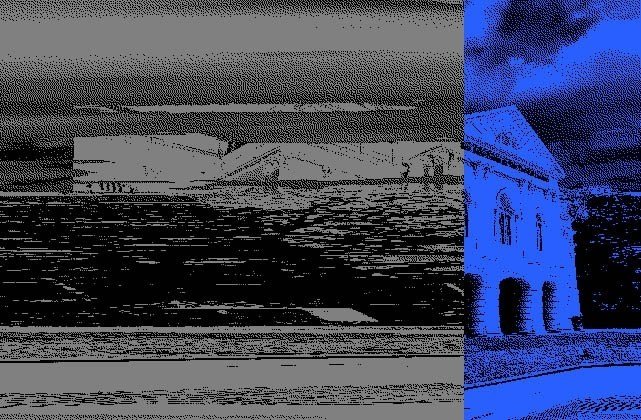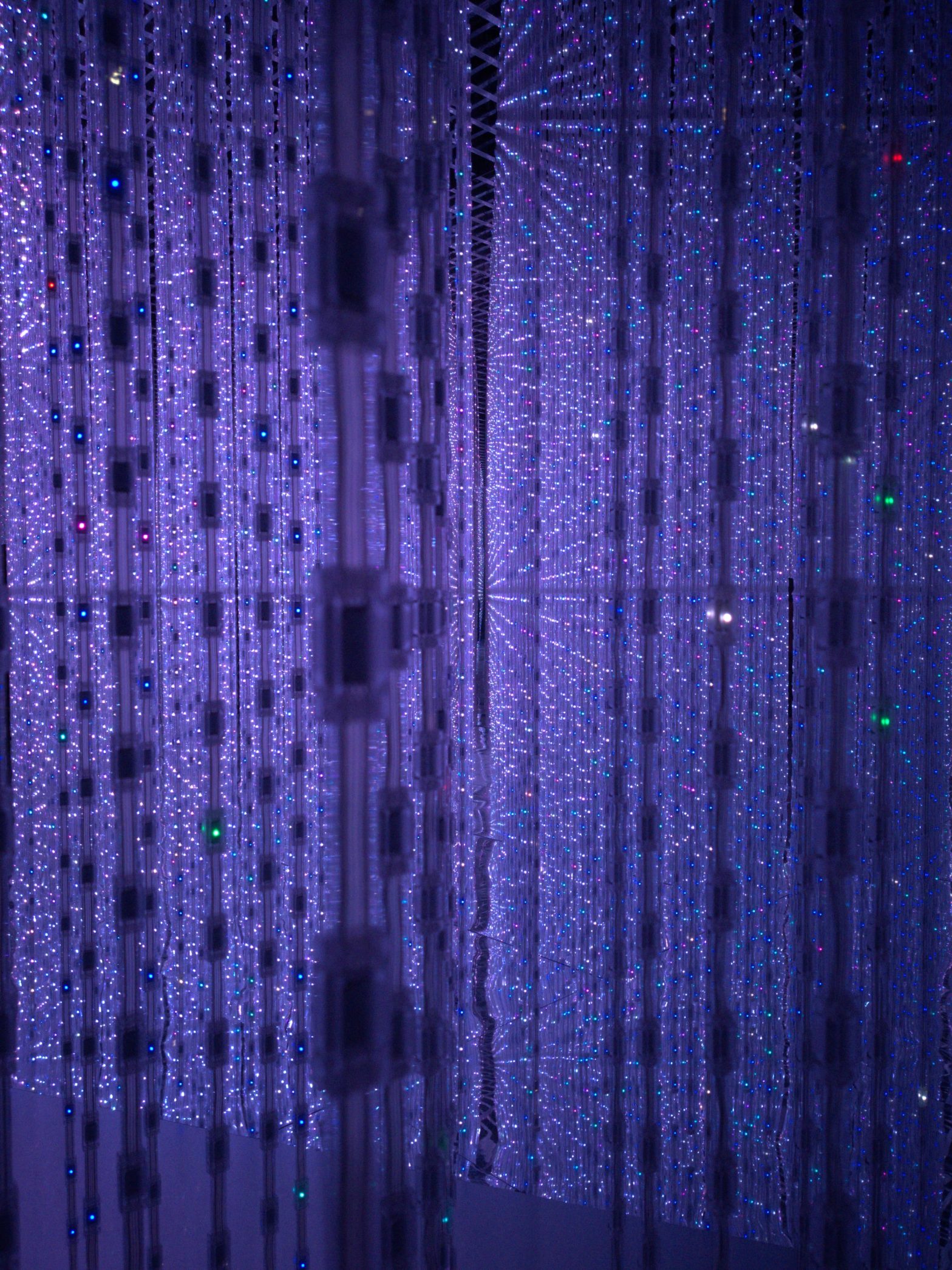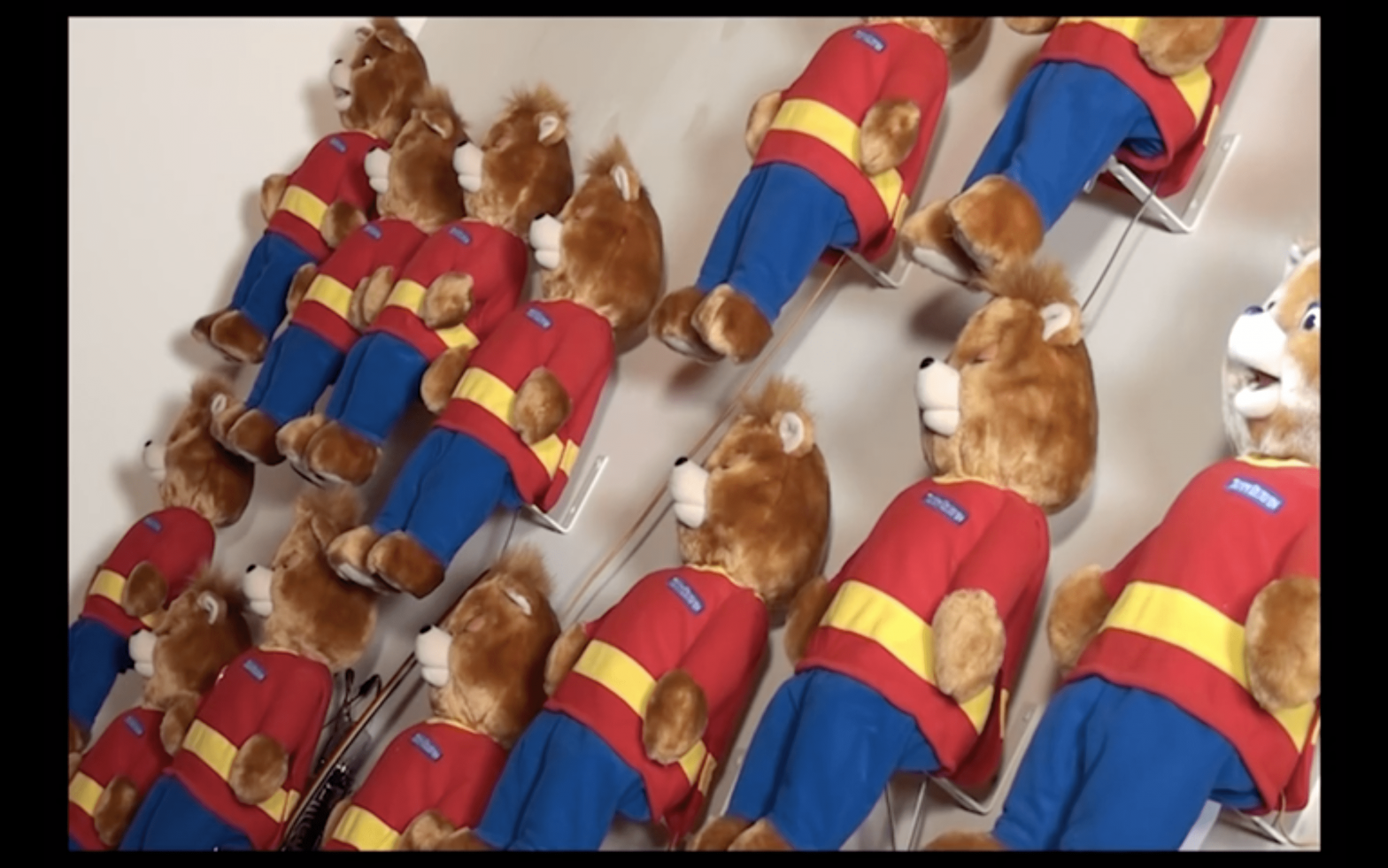It is always very interesting to go back to when the digital age was forming and just about ready to take shape into what we know it as today. What we today see as being mundane tasks, everyday tools or entertainment that we couldn’t possibly be without simply didn’t exist some odd 30-40 years ago.
In “Video Games and Computers Holding Power”, Sherry Turkle interviews a young boy by the name of Jarish. Jarish grew up during the time of pin-ball and arcade games, something that has practically diminished into nothing due to the personal computer. What I find very interesting however is the similarities between me and Jarish, even though we grew up during two completely different digital timeframes.
For Jarish, the arcade games sparked an interest in the underlying “how”, how does this work? How does the characters move and interact, how does the players actions and input alter the behavior of the games? Although he knew programming was the underlying mechanics of the arcade games, the interest translated into other fields such as mathematics and physics, which he understood needed to exist alongside the programming.
I don’t know where Jarish is today, I can only hope he is pursuing his passion. What I do know however is that him and I aren’t all that different from one another. The games I played growing up might have been a lot more technologically sophisticated and complex, but they still sparked this interest of understanding. The same understanding that Jarish was intrigued by during his childhood, and I think that games will keep on doing this to children as long as they exist.




